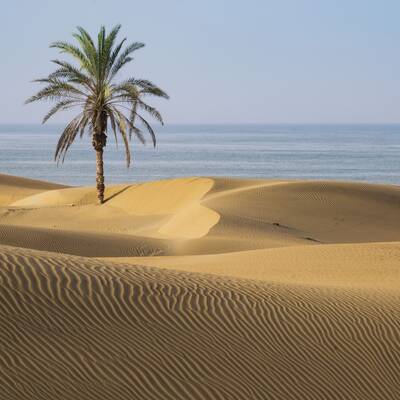Sistan and Baluchestan province is among the prehistorical sites of Iran and the discovery of Shahr-e Sukhteh during the recent archaeological excavations provided us with so much information about different cultural facets of this region. For example, the remaining pieces of fabric and the jewelries related to the clothing belonging to Sistani women can be a clue of the history of clothing in this province since the very past. Located in the southeast of Iran, Sistan and Baluchestan province has a warm and desert weather that can be the first influencing factor on the clothing of people in this region. This form of clothing is not restricted only to this province and it is also popular among the tribes who live in other provinces like Kerman and Hormozgan, and some of Afghanistan, Pakistan and India’s inhabitants that come from a common ethnic, cultural, historical and racial roots. This province is the settlement of two main tribes of Baluch and Sistani that there are some minor differences between their clothing. Baluch men wear a dress named Jameh or Jamak that its collar is closed with a button. Its sleeve is loose and it has two packets. Another kind of his clothing consists of two parts; one is upper body clothing and the other is a loose skirt reaching to the knee. Its sleeves are short and it is named Parkh Astin (Farakh Astin). Masculine pants are named Nipak by Baluches that is highly loose and folded. They use a very long strip for fastening it. Soas Vakoosh and Takol are two kinds of Baluch men’s footwear. One of the important arts in making the local feminine clothes is the highly complicated embroidery of this area that is today used only for some parts of the clothing like collar or Ziq in local dialect, pocket or Gaptan and cuff or Astinak. It also should be said that Baluch women wear a Chador over the clothes one tail of which reaches to the earth and the other tail reaches to the lower back through hanging from the left shoulder. They wear also other kinds of Chador the most interesting among which is Goshan, a short Chador, that is used in the home, a scarf name Mehna and a Chador named Sarik that is newer. Soas, Katook and Takkool are the footwear of women.
The overall clothing of Sistani people includes loose folded pants and a dress over that which reaches to the knee and is named Cheltariz. Sistani men always wear a hat, even in the home, but their main headband is something like the cleric’s turban of which one tail is hung on the shoulder. Their dress is white and they wear a black vest over it namely Basket. Barchak is the other Sistani dress that is longer than the former. Sistani women also wear a dress named Tajik that is short and have two slashes, one at each side. The front of the dress is open from the collar to the chest and these parts are embroidered using the art of Siahdoozi. Sistani feminine pants are named Kotana that have two conical legs. Dogaribaneh, vest and coat are other clothing of Sistani women. They drape a Lachaki over their head and tighten it in front. They wear their headdress or kerchief over it. The white cotton musk has been used by some Sistani women. They wear a Chador over all other clothes and some shoes made of wooden soles and leatherwear. It also should be said that using so many pieces of jewelry especially golden ones has become a main element of clothing among Sistani women.
